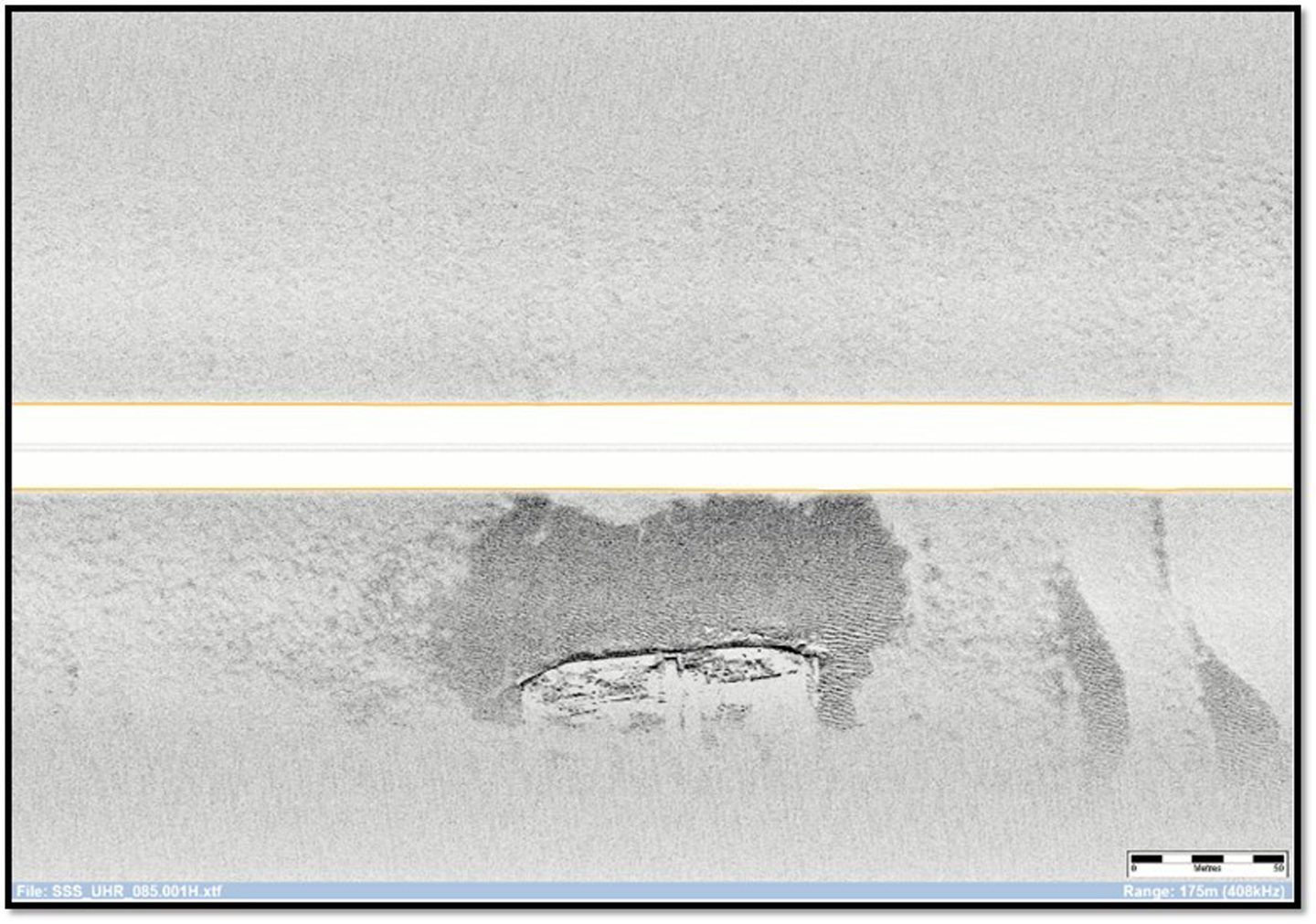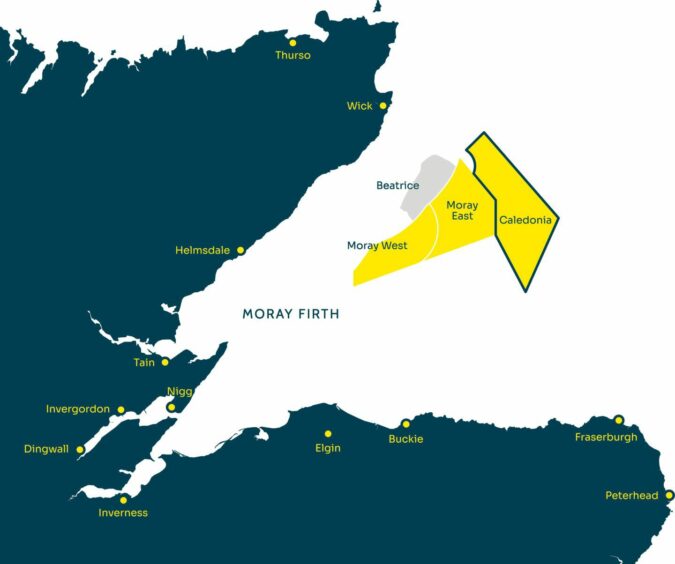Developers of the Caledonia wind farm in the Moray Firth have shared a new look at a Royal Navy wreck found during surveys of the site.
During work to examine the seabed around the area where the 2GW wind farm will be built, Ocean Winds captured new images of the HMS Lynx – a charted shipwreck some 27 miles off the Caithness coast.
The Lynx was an Acasta-class destroyer built for the Royal Navy in the First World War. Completed in 1914, she was sunk by a mine less than a year after her launch.
Lost for nearly 80 years, the wreck was found during a survey in 1991 and was first dived in 2000.
The project team came across the wreckage during a geophysical survey campaign, carried out to gather subsurface data and provide an in-depth picture of the site to aid development.
HMS Lynx
According to a blog posted by Ocean Winds, the Lynx was ordered as part of the 1911-1912 Naval Programme, and built on the River Clyde in Govan by the London and Glasgow Shipbuilding Company.
After being commanded by Commander Reginald St Pierre Parry as part of the response to the German bombardment of Scarborough, HMS Lynx set sail from Cromarty on 15 December 1914.
The next day it was involved in a skirmish with a German destroyer, during which time it was struck several times by German shells. After sustaining minor damage and flooding, the ship’s steering gear jammed, ending the encounter.
On 9 August 1915, the Lynx struck one of 400 mines planted off the Moray Firth by the German Meteor vessel and sank as a result.
Sadly, seventy crew were lost, including the captain. The four officers and twenty-two crew that survived were rescued by the Italian steamship, Vulcano.
When initially explored in 2000, the company said little was recognisable in the wreck apart from four 12-foot cylindrical structures that have since been identified as the distinctive Admiralty 3 drum boilers of the Acasta class of destroyers, confirming the structure was part of HMS Lynx.
Caledonia development continues
Caledonia is the third major Scottish project backed by Ocean Winds – a 50:50 joint venture by EDP Renewables (EDPR) and energy major Engie – with the Moray East and Moray West offshore schemes already under development.
Secured under the ScotWind leasing round, the wind farm will be built in the NE4 Plan Option offered during the lease round – an area of around 166 square miles off with the northern limit approximately 14 miles from Wick and the southern limit around 24 miles from Banff – and directly adjacent to the Moray East and West zones.
Ocean Winds is targeting a capacity of 2 GW, based on a maximum of 150 wind turbines with capacities ranging from 14 to 25MW.
Having located and surveyed the site, the wreckage will inform plans for the wind farm. A security radius (also known as an Archaeological Exclusion Zone) will be set up so these areas remain undisturbed during construction and operation.
The Lynx is just the latest in a string of finds as an ever-growing number of offshore cables, jackets and platforms now vie for space amongst a seabed littered with shipwrecks, downed aircraft and unexploded ordnance (UXO).
Recommended for you




 © Supplied by Ocean Winds
© Supplied by Ocean Winds © Supplied by Ocean Winds
© Supplied by Ocean Winds






